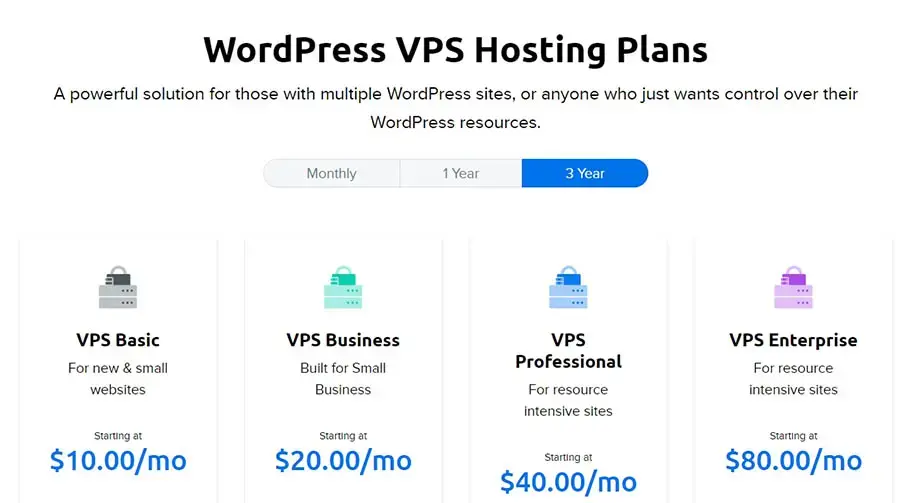Top Mobile Optimization Strategies for Site Success
In today’s fast-paced digital world, mobile optimization for a better site is not just an option but a necessity. With smartphones becoming an integral part of our daily lives, more users access websites via mobile devices than ever. Recent statistics show that over half of global web traffic comes from mobile devices, underscoring the importance of optimizing websites for mobile users. This comprehensive guide will explore effective mobile optimization strategies to enhance user experience, improve site performance, and boost SEO rankings.
Table of Contents
What is Mobile Optimization?
Mobile optimization involves designing and developing a website to perform seamlessly on mobile devices and desktops. This process ensures the site is accessible, legible, and functional on smaller screens. Mobile optimization goes beyond having a responsive design; it includes fast loading times, easy navigation, and proper display on various devices.
Why Mobile Optimization is Essential
Mobile optimization is critical for several reasons:
- Improved User Experience: Users expect quick access to information and easy navigation on mobile devices. A well-optimized site ensures a positive user experience, increasing engagement and satisfaction.
- SEO Benefits: Search engines like Google prioritize mobile-friendly websites in their rankings. Mobile optimization can significantly impact your site’s visibility and organic traffic.
- Increased Conversions: Mobile users are likelier to convert to a site optimized for their devices. This can lead to higher sales, sign-ups, or other desired actions.
Mobile Optimization for Better Site Performance
Key Elements of Mobile Optimization
- Responsive Design vs. Mobile-First Approach
- Responsive Design: Ensures your website adapts to various screen sizes, providing an optimal viewing experience on any device.
- Mobile-First Approach: Focuses on designing for mobile devices first and then adapting to larger screens, reflecting the growing prevalence of mobile usage.
- Page Speed Optimization
- Impact on User Experience and SEO: Slow-loading pages frustrate users and negatively affect your SEO rankings.
- Tools for Measuring Page Speed: Utilize tools like Google PageSpeed Insights and Lighthouse to analyze and improve your site’s speed.
- Strategies for Improving Page Speed: Optimize images, leverage browser caching, minimize code, and use a Content Delivery Network (CDN).
- Designing for Mobile Users
- Readable Font Sizes: Ensure text is legible without zooming. A base font size of 14px for body text is recommended.
- Accessible Menus: Use simple, expandable menus or a hamburger icon for easy navigation.
- Touch-Friendly Elements: Make buttons and links large enough for easy tapping, with a minimum touch target size of 48px by 48px.
- Responsive Images and Videos: Optimize multimedia content to adapt to different screen sizes and avoid using Flash.

Also Read: How to Open Thumbdata File on Android
Enhancing Mobile User Experience (UX)
Delivering an outstanding mobile UX is crucial for keeping users engaged. Here are some principles and strategies to consider:
- Simplicity Matters: With limited screen space, a simple design helps users find what they need without clutter.
- Quick Loading: Speed is paramount in mobile UX. Users expect immediate access to information.
- Intuitive Navigation: Design with one-handed use in mind, ensuring straightforward navigation and easily reachable menus.
- Touch-Friendly Elements: Design for finger taps, ensuring interactive features are large enough for easy use.

Frequently Asked Questions
Q: What is mobile optimization?
A: Mobile optimization is designing and developing your website to perform well on mobile devices. It ensures the site is accessible, legible, and functional on smaller screens.
Q: Why is mobile optimization important?
A: Mobile optimization improves user experience, boosts SEO rankings, and increases conversion rates. With more people using mobile devices to access the internet, a mobile-friendly website is essential.
Q: What are the critical elements of mobile optimization?
A: Key elements include responsive design, page speed optimization, touch-friendly design, and ensuring content is easily accessible and readable on mobile devices.
Q: How can I improve my site’s mobile page speed?
A: Optimize images, leverage browser caching, minimize code, and use a Content Delivery Network (CDN) to improve mobile page speed.
Q: What is the difference between responsive design and mobile-first design?
A: Responsive design adapts your website to various screen sizes, while mobile-first design focuses on designing for mobile devices first and then adapting to larger screens.
Conclusion
Mobile optimization for a better site is essential in today’s digital landscape. Implementing the strategies outlined in this guide can enhance your site’s performance, improve user experience, and boost your SEO rankings. Prioritizing mobile optimization ensures your website remains relevant and competitive, catering to the needs of the ever-growing mobile user base. Embrace a mobile-first mindset and continuously refine your approach to stay ahead in the digital world.
For more information on mobile optimization and related topics, visit Google’s Mobile-Friendly Test and Google PageSpeed Insights.







